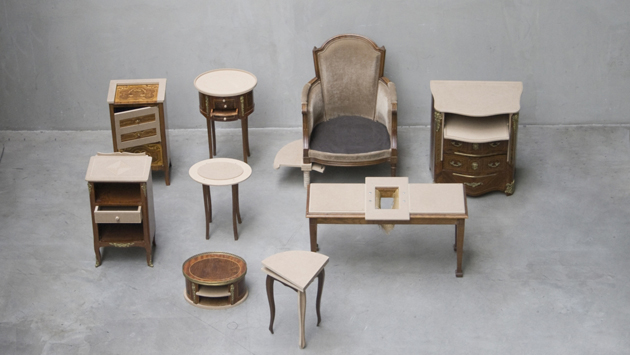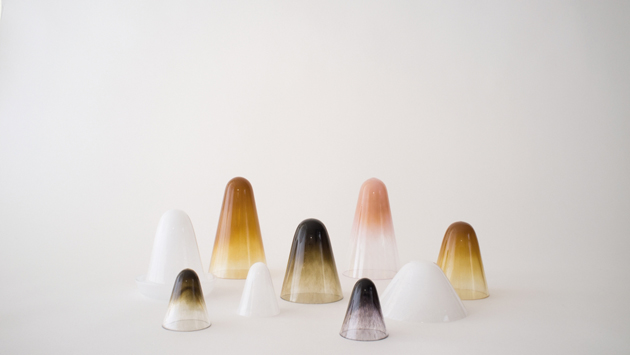
What is the relationship between form and function? We would be wrong if we think that the legacy of these two undisputed protagonists of design culture remains confined to the 20th century. At least, this is what the Biennale International Design Saint-Etienne, the most illustrious design event in France, just inaugurated on March 11st, seems to suggest. The headline of this ninth edition, “Le sens du beau” [“The Experiences of Beauty”], guides us to understand the vision that the numerous exhibitions and events in town share: form goes beyond appearance, and thus has a decisive role to define usages and meanings of everyday objects.
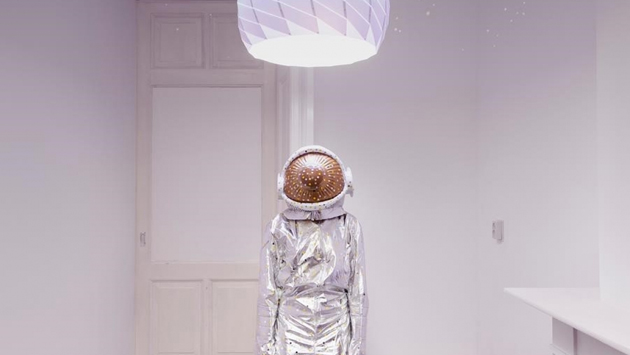
The focus of the Biennale’s ambitious and multifaceted investigation, however, is not keen to pinpoint the new, relevant aesthetics that individual designers have expressed in the recent years. On the contrary, the role of form is always attributed to a social, collective dimension. What does form say about our identity in a time of globalization? Can it be a means to recognize and enjoy plural, diverse experiences? How can it transcend our obsessive desire for consumption? Far from being a decorative expression, aesthetics is considered as a performative statement.
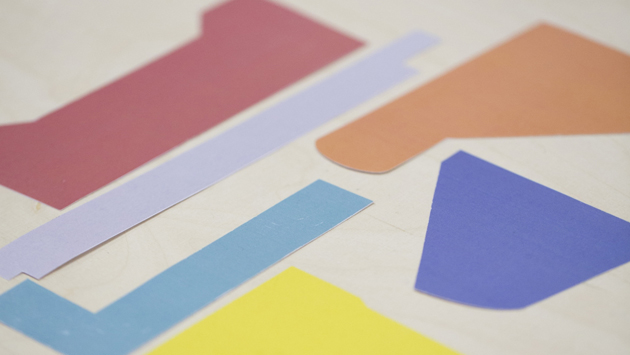
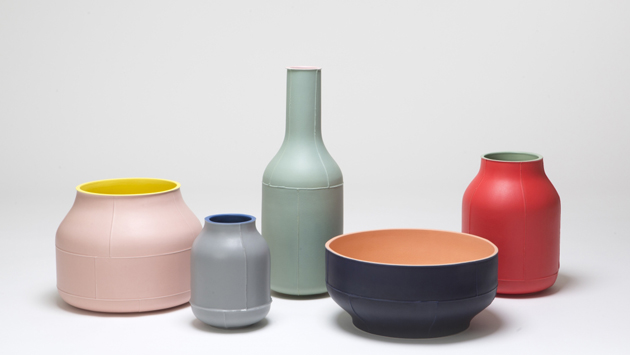
The will to openness, pluralism and search for new perspectives clearly emerges when we consider in particular some of the exhibitions that will animate the French town till April 12th. “Tu nais, tuning, tu meurs” explores the political dimension of tuning seen as a break point between established and popular culture. “Vous avez dit bizarre” investigates the social implications of grotesque, suggesting that its hyperbolic sense implicitly defines the values, the virtues and the vices of our times. “Ça aurait pu”, instead, examines the 15 proposals that have been evaluated and then left apart in the development of the Biennale 2015 visual identity. All, thus, confront themselves with the reign of possibilities and choices but, whether fringe or mainstream, they always all show an ethic dimension that design needs to question and take into account.
